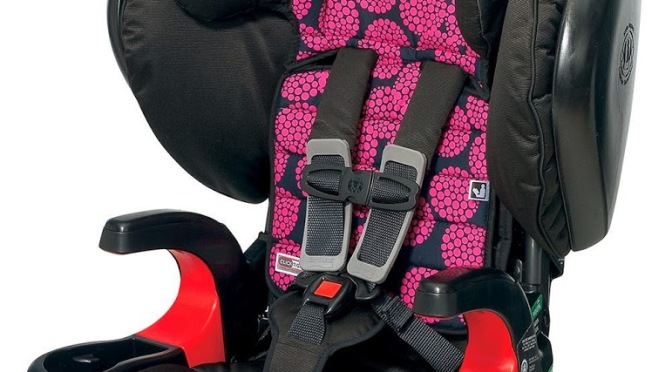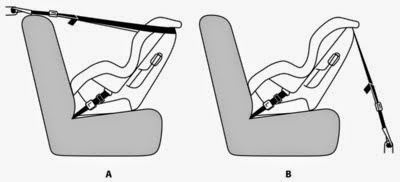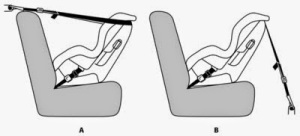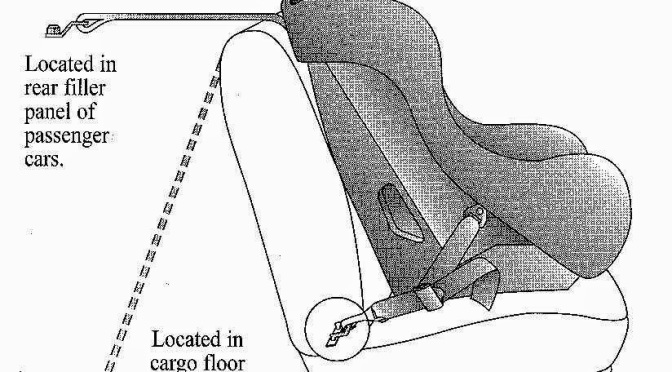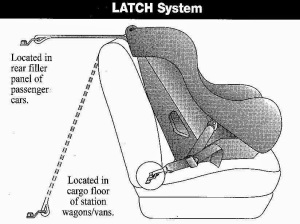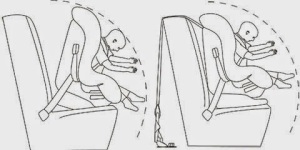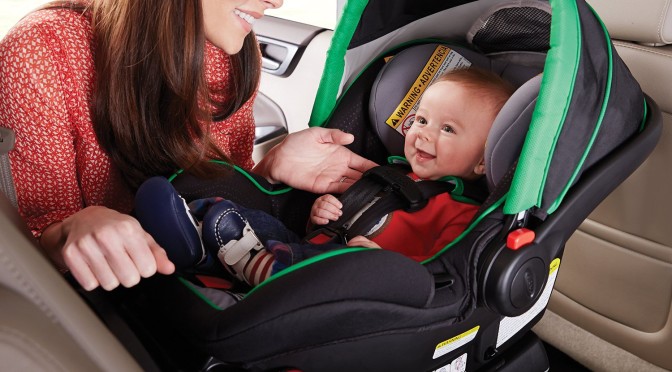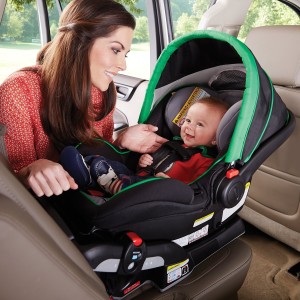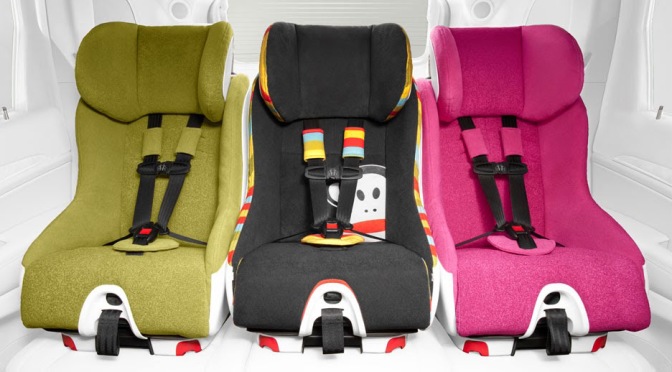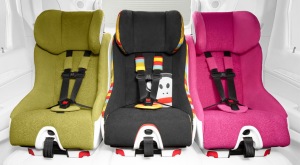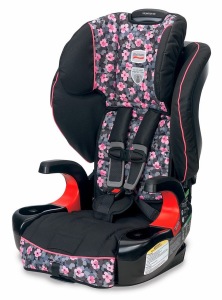
If there’s one thing I focus on advocating in this car seat blog, it’s extended rear-facing. However, after rear-facing and forward-facing comes boostering, and just as the majority of parents stop rear-facing and start forward-facing too soon, or stop forward-facing and start boostering too soon, the majority of parents also stop boostering and start allowing their children to ride using nothing but adult seat belts far too soon. And as in the other cases, this can have disastrous consequences for the safety of our little ones. Here is a guide to answer the question of when children can stop using booster seats, and when it’s safe to start using the adult seat belt and seat in a vehicle.
My State Says It’s Okay at 8 (7, 6, 5…etc).
Yes, all states have laws on when it’s okay to use the adult seat belt, and all states are wrong on this. Most states don’t have any limits on when children can sit in the front seat either, even though best practices suggests keeping them in the back until at least 13. The ages set by states are too young, and put children needlessly at risk of serious injuries or deaths from being improperly restrained in collisions. Sound familiar? This is exactly the situation we’re facing with rear-facing age requirements and forward-facing harnessed age requirements. Don’t stop at the law; it doesn’t go far enough.
What about the NHTSA Recommendation?
The NHTSA recommendation, that children between 8 and 12 years old keep using boosters until they have good seat belt fit, which is typically around 4’9″, or 57″, is a much better recommendation to follow. However, in a number of cases, the 4’9″ suggestion won’t be enough. A much better guide to follow is the 5 step test, which is far more thorough and not likely to put any children in adult seat belts who aren’t ready for them.
What’s the 5 Step Rule?
The 5 Step Rule is a simple, yet extremely effective way of figuring out whether or not a child is ready to use an adult seat belt. If a child is ready to use an adult seat belt, he or she will be able to meet *all* of these rules. Here they are:
1.) The shoulder belt should sit directly in the middle of the child’s shoulder.
2.) The lap belt should sit low on the child’s thighs.
3.) The child’s bottom should be located at the intersection of the lower and upper vehicle seats.
4.) The child’s knees should not bend until they are past the bottom seat’s edge, and the child’s feet should rest flat on the floor.
5.) The child should be able to sit in this position for as long as the vehicle is in motion without moving.
All of these factors need to be present for a child to be ready to use an adult seat belt, regardless of the child’s height. That means that if a child is 4’10” but can’t pass rule 4 with feet on the floor, or rule 3 with sitting with the bottom directly against the intersection of the seat, or rule 5 with good posture all the time, that child is not ready for the adult seat belt. This may occur with a child above 4’9″ because the child isn’t mature enough to sit well (rule 5) or simply because the child’s proportions are in such a way that, relative to the rules, their bodies just aren’t ready yet.
It might sound like a lot of rules to keep in mind, but these rules are designed to keep children safe, which is reason enough to learn them and think twice about putting a child in an adult seat belt if s/he can’t meet them.
What Happens if My Child Can’t Meet All of These Rules?
If your child can’t meet all of these rules, there’s nothing wrong with him or her; s/he just needs a booster seat. Booster seats are easy to use and available in a range of budgets. Keep in mind that the 4’9″ recommendation refers to a child who, at the 50th percentile by height, is going to be 11 years old. An 11 year old is several years older than the 8 year old that most states say is old enough to use a seat belt. And we’ve just discussed how 4’9″ might not be enough height for every child due to differences in proportions. Many children aren’t going to be ready for adult seat belts via application of the 5 step test until they’re 5’0″, which is the 50th percentile for a 12 year old.
And that’s okay.
What Are the Best Booster Seats?
In my opinion, two of the best booster seats on the market are actually combination seats: the Britax Frontier and Pinnacle. They both have the highest shoulder height limits at 23″ and the highest weight limits at 120 pounds, which means that children will have the greatest odds of reaching an age where they’ll pass the 5 step test in these two seats. If they’re out of budget, however, any of the booster seats I recommend here are worth looking at. What’s important is that you booster your children until they’re truly ready for adult seat belts; they’re worth more than the minimum requirements of the law.
You can buy the Frontier 90 and buy the Pinnacle here.
 If you find my information on best practices in car and car seat safety helpful, you can do your shopping through this Amazon link. Canadians can shop here for Canadian purchases. Have a question or want to discuss best practices? Join us in the forums!
If you find my information on best practices in car and car seat safety helpful, you can do your shopping through this Amazon link. Canadians can shop here for Canadian purchases. Have a question or want to discuss best practices? Join us in the forums!

